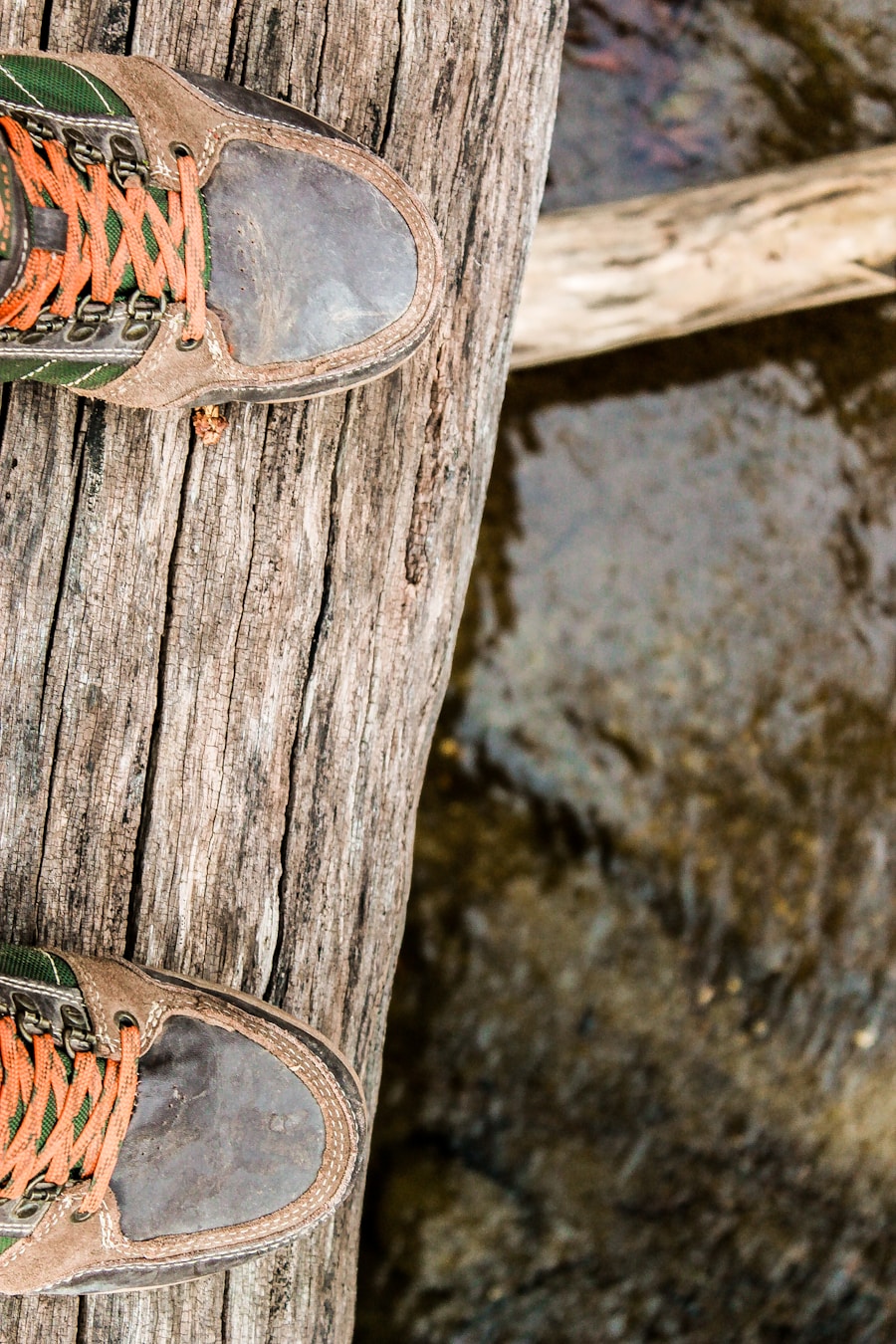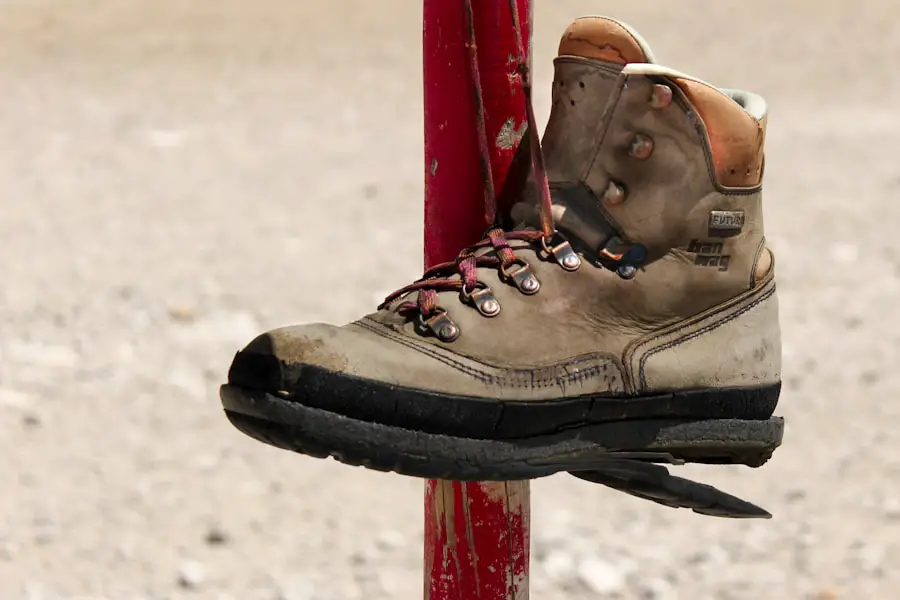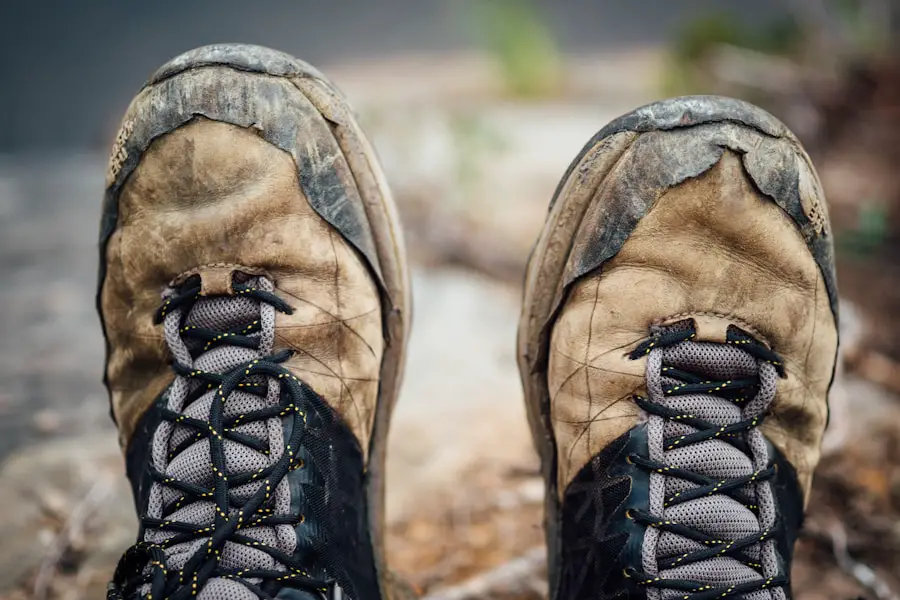Work boots and hiking boots serve distinct purposes, yet they share a common ground in providing protection and support for the feet. Work boots are designed primarily for occupational safety, often featuring steel toes, slip-resistant soles, and durable materials to withstand harsh environments. They are essential for individuals working in construction, manufacturing, or any field where foot injuries are a risk.
On the other hand, hiking boots are tailored for outdoor enthusiasts who traverse varied terrains, offering features like waterproofing, breathability, and ankle support to enhance comfort and stability during long treks. The growing trend of outdoor activities has led many to consider using work boots for hiking. This crossover can be appealing due to the rugged construction and protective features of work boots.
However, the suitability of work boots for hiking is a topic of debate among outdoor enthusiasts and professionals alike. Understanding the differences between these two types of footwear is crucial for anyone contemplating this option, as it can significantly impact comfort, safety, and overall hiking experience.
Key Takeaways
- Work boots are designed for heavy-duty work environments, while hiking boots are designed for outdoor activities such as hiking and trekking.
- Work boots are typically heavier and sturdier than hiking boots, while hiking boots are lighter and more flexible for long-distance walking.
- Using work boots for hiking can provide better protection and durability, but they may lack the comfort and flexibility of hiking boots.
- When choosing work boots for hiking, consider factors such as ankle support, traction, waterproofing, and breathability.
- To use work boots for hiking, make sure to break them in, wear moisture-wicking socks, and consider adding insoles for extra comfort.
Differences Between Work Boots and Hiking Boots
At first glance, work boots and hiking boots may appear similar; both are designed to protect the feet and provide support. However, their construction and intended use reveal significant differences. Work boots typically prioritize durability and safety features over comfort and flexibility.
They often come with reinforced toe caps, puncture-resistant soles, and heavy-duty materials that can withstand industrial environments. The soles of work boots are usually designed for traction on flat surfaces rather than uneven terrain, which can limit their effectiveness on trails. In contrast, hiking boots are engineered with the outdoors in mind.
They often feature specialized outsoles designed for grip on various surfaces, including mud, rocks, and wet conditions. Hiking boots also tend to be lighter than work boots, allowing for greater agility and less fatigue during long hikes. Additionally, many hiking boots incorporate breathable materials to manage moisture and temperature, which is essential for maintaining comfort over extended periods.
The ankle support provided by hiking boots is also more pronounced, helping to prevent injuries on uneven ground.
Pros and Cons of Using Work Boots for Hiking

Using work boots for hiking comes with its own set of advantages and disadvantages. One of the primary benefits is the robust construction of work boots. Their heavy-duty materials can provide excellent protection against sharp objects, such as rocks or branches, that one might encounter on a trail.
The steel toe feature can also offer an added layer of safety in case of accidental impacts. Furthermore, work boots often have slip-resistant soles that can provide decent traction on various surfaces. However, there are notable drawbacks to using work boots for hiking.
One significant issue is comfort; work boots are generally heavier and less flexible than hiking boots, which can lead to fatigue during long hikes. The lack of breathability in many work boot designs can also result in sweaty feet, increasing the risk of blisters and discomfort. Additionally, while work boots may offer some ankle support, they often do not provide the same level of stability as dedicated hiking boots, which can be crucial when navigating uneven terrain.
Factors to Consider When Choosing Work Boots for Hiking
| Factor | Description |
|---|---|
| Material | Leather, synthetic, or a combination of both |
| Waterproofing | Gore-Tex or other waterproof membranes |
| Traction | Deep lugs and aggressive tread patterns |
| Ankle Support | High-cut or mid-cut boots for ankle stability |
| Weight | Lightweight for agility or heavier for durability |
| Comfort | Cushioning, arch support, and breathability |
| Toe Protection | Steel toe or composite toe for impact protection |
| Price | Consider budget and value for money |
When considering work boots for hiking, several factors should be taken into account to ensure a safe and enjoyable experience. First and foremost is fit; a proper fit is essential for comfort during long hikes. Work boots should allow enough room for the toes to move without being too loose, which could lead to blisters or instability.
Trying on different brands and styles can help identify the best fit for individual foot shapes. Another critical factor is the sole’s tread pattern and material. A sole designed for industrial use may not provide adequate grip on slippery or uneven surfaces commonly found on hiking trails.
Look for work boots with a more aggressive tread pattern that can handle various terrains effectively. Additionally, consider the weight of the boots; lighter options may reduce fatigue over long distances. Waterproofing is also an important consideration; if hiking in wet conditions or crossing streams is anticipated, choosing work boots with waterproof features will help keep feet dry and comfortable.
Tips for Using Work Boots for Hiking
If you decide to use work boots for hiking, there are several tips to enhance your experience and minimize discomfort. First, break in your work boots before embarking on a long hike. Wearing them around the house or during short walks can help soften the materials and mold them to your feet, reducing the likelihood of blisters during your hike.
Additionally, consider wearing moisture-wicking socks designed for outdoor activities; these can help manage sweat and keep your feet dry. Another important tip is to pay attention to your pace and terrain. Since work boots may not offer the same flexibility as hiking boots, it’s wise to adjust your hiking style accordingly.
Take shorter strides on uneven ground to maintain balance and stability. If you encounter particularly challenging sections of a trail, consider taking a moment to assess your footing before proceeding. Lastly, always carry a small first-aid kit that includes blister treatment; even with precautions, blisters can occur when wearing non-hiking footwear.
Common Mistakes When Using Work Boots for Hiking

Despite the potential benefits of using work boots for hiking, several common mistakes can detract from the experience. One frequent error is underestimating the importance of proper fit. Many hikers assume that any sturdy boot will suffice without considering how critical fit is to comfort and performance.
Ill-fitting work boots can lead to painful blisters or even more severe foot injuries over time. Another mistake is neglecting to consider the terrain when choosing a pair of work boots for hiking. Some individuals may opt for heavy-duty steel-toed work boots without realizing that they may not provide adequate traction or flexibility on rugged trails.
Additionally, failing to break in new work boots before a hike can lead to discomfort or injury; it’s essential to allow time for the materials to soften and adapt to your foot shape.
Alternatives to Work Boots for Hiking
For those who find that work boots do not meet their needs while hiking, several alternatives exist that offer better performance on trails. Hiking shoes are a popular option; they are lightweight and designed specifically for outdoor activities while providing good traction and comfort. These shoes often come in low-cut designs that allow for greater freedom of movement while still offering adequate support.
Another alternative is trail running shoes, which have gained popularity among hikers seeking a lightweight option that allows for speed on the trails. These shoes typically feature breathable materials and aggressive tread patterns designed for grip on various surfaces. For those who prefer more ankle support but still want a lightweight option, mid-cut hiking boots offer a balance between traditional hiking boots and lighter footwear.
Final Thoughts on Using Work Boots for Hiking
While using work boots for hiking may seem like a practical choice due to their durability and protective features, it’s essential to weigh the pros and cons carefully. Understanding the differences between work boots and dedicated hiking footwear can help individuals make informed decisions based on their specific needs and the type of terrain they plan to tackle. By considering factors such as fit, sole design, weight, and waterproofing features, hikers can enhance their outdoor experience while minimizing discomfort or injury risks.
Ultimately, whether one chooses to hike in work boots or opts for specialized footwear will depend on personal preferences and specific hiking conditions. With proper preparation and awareness of potential pitfalls, it is possible to enjoy a successful hike while wearing work boots—though exploring alternatives may yield even greater comfort and performance on the trails.
If you are considering using work boots for hiking, you may also be interested in reading about how to choose the best travel guidebook for your next trip. Having the right resources and equipment can make a significant difference in the success of your adventure. Check out this article here for tips on selecting the perfect guidebook to enhance your travel experience.
FAQs
Are work boots good for hiking?
Yes, work boots can be good for hiking as they are designed to provide support, protection, and durability, which are essential for hiking in rugged terrain.
What features should I look for in work boots for hiking?
When choosing work boots for hiking, look for features such as ankle support, waterproofing, durable outsoles, and a comfortable fit. These features will help provide the necessary support and protection for hiking.
Can work boots be used for long-distance hiking?
While work boots can be used for long-distance hiking, it’s important to ensure that they are comfortable and provide the necessary support for extended periods of walking. Some work boots may be heavier and less breathable than traditional hiking boots, so it’s important to consider these factors for long-distance hikes.
Are work boots suitable for hiking in different weather conditions?
Many work boots are designed to be waterproof and insulated, making them suitable for hiking in various weather conditions. However, it’s important to consider the specific weather conditions you will be hiking in and choose work boots that are appropriate for those conditions.
Can work boots provide the same level of traction as hiking boots?
Work boots are often designed with durable outsoles that provide good traction, making them suitable for hiking in rugged terrain. However, it’s important to consider the specific terrain you will be hiking in and choose work boots with appropriate tread patterns for the best traction.
